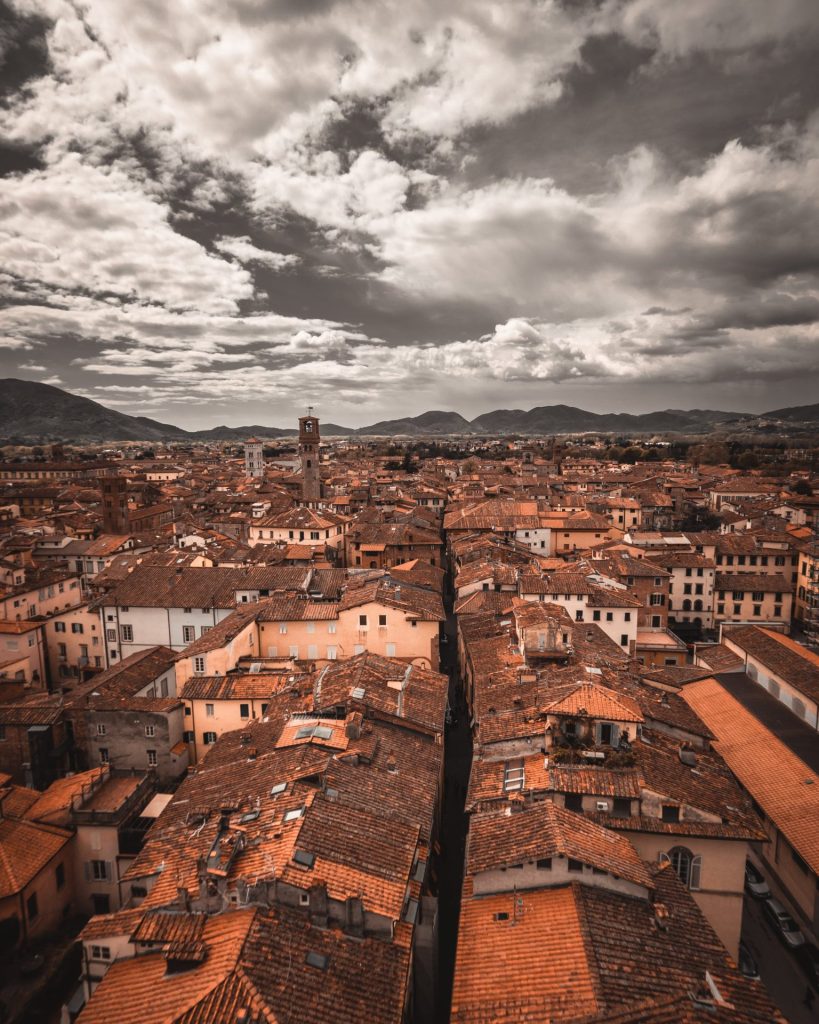What is Italianate Architecture?
Italianate architecture is an architectural style that emerged in the 19th century, inspired by the buildings of Italy, particularly those from the Italian Renaissance. The style gained popularity in both Europe and the United States, where it became a prominent choice for residential, commercial, and institutional buildings. Italianate architecture is known for its romantic and picturesque elements, drawing on various Italian design influences.

Key characteristics of Italianate architecture include:
- Low-Pitched Roof with Wide Eaves:
- Italianate buildings typically feature low-pitched roofs with wide, overhanging eaves. The rooflines may have decorative brackets or corbels.
- Tall, Narrow Windows:
- Windows are often tall and narrow, with a rectangular or segmented arch shape. The use of paired or grouped windows is common, and the windows may have elaborate surrounds or hoods.
- Balconies and Porches:
- Italianate buildings often include balconies, porches, or verandas with decorative railings. These elements contribute to the sense of outdoor living and connection to the surrounding landscape.
- Square or Rectangular Shape:
- Italianate structures typically have a square or rectangular footprint. The emphasis is on creating a balanced and symmetrical composition.
- Stucco or Masonry Exteriors:
- Exterior walls may be clad in stucco or masonry materials such as brick or stone. The choice of materials contributes to the Italian Renaissance aesthetic.
- Cornices and Belt Courses:
- Buildings often feature prominent cornices and belt courses, adding horizontal lines to the facade and providing visual interest.
- Round Arch Openings:
- While tall and narrow windows are common, Italianate architecture also incorporates round arch openings, especially in doors and ground-floor windows. This reflects Renaissance influences.
- Tower or Campanile Elements:
- Some Italianate buildings include tower or campanile elements, reminiscent of Italian bell towers. These features can be square or round and often include a pyramidal or conical roof.
- Symmetry and Formality:
- Italianate architecture tends to exhibit a sense of symmetry and formality in its design. Balanced proportions and a harmonious composition are key characteristics.
- Decorative Details:
- Decorative details such as moldings, friezes, and quoins are common in Italianate architecture. These details contribute to the ornate and elegant appearance of the buildings.
- Rusticated Stone:
- Some Italianate structures use rusticated stone at the ground level, creating a sense of solidity and strength. This is another feature inspired by Italian Renaissance architecture.
Italianate architecture gained popularity in the mid-19th century and persisted through the late 19th century. In the United States, Italianate-style buildings can be found across the country, particularly in urban and suburban areas. The style was embraced for various building types, including private residences, commercial buildings, and public institutions. Its appeal lies in its romantic evocation of Italian Renaissance aesthetics, offering a departure from the earlier Greek Revival and Gothic Revival styles.

